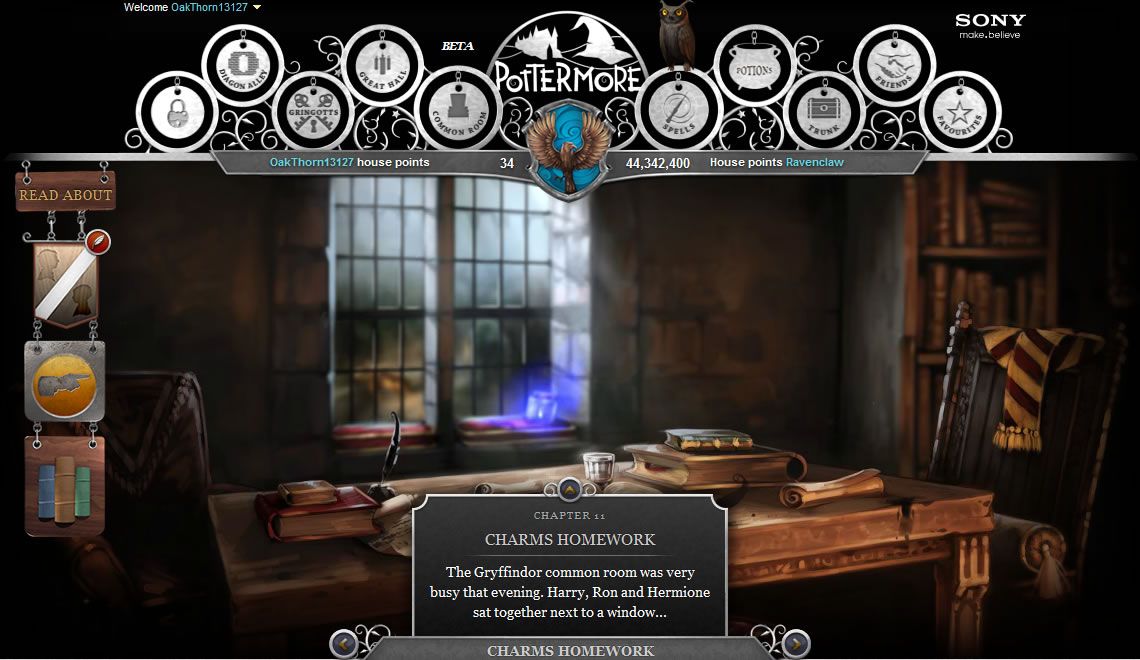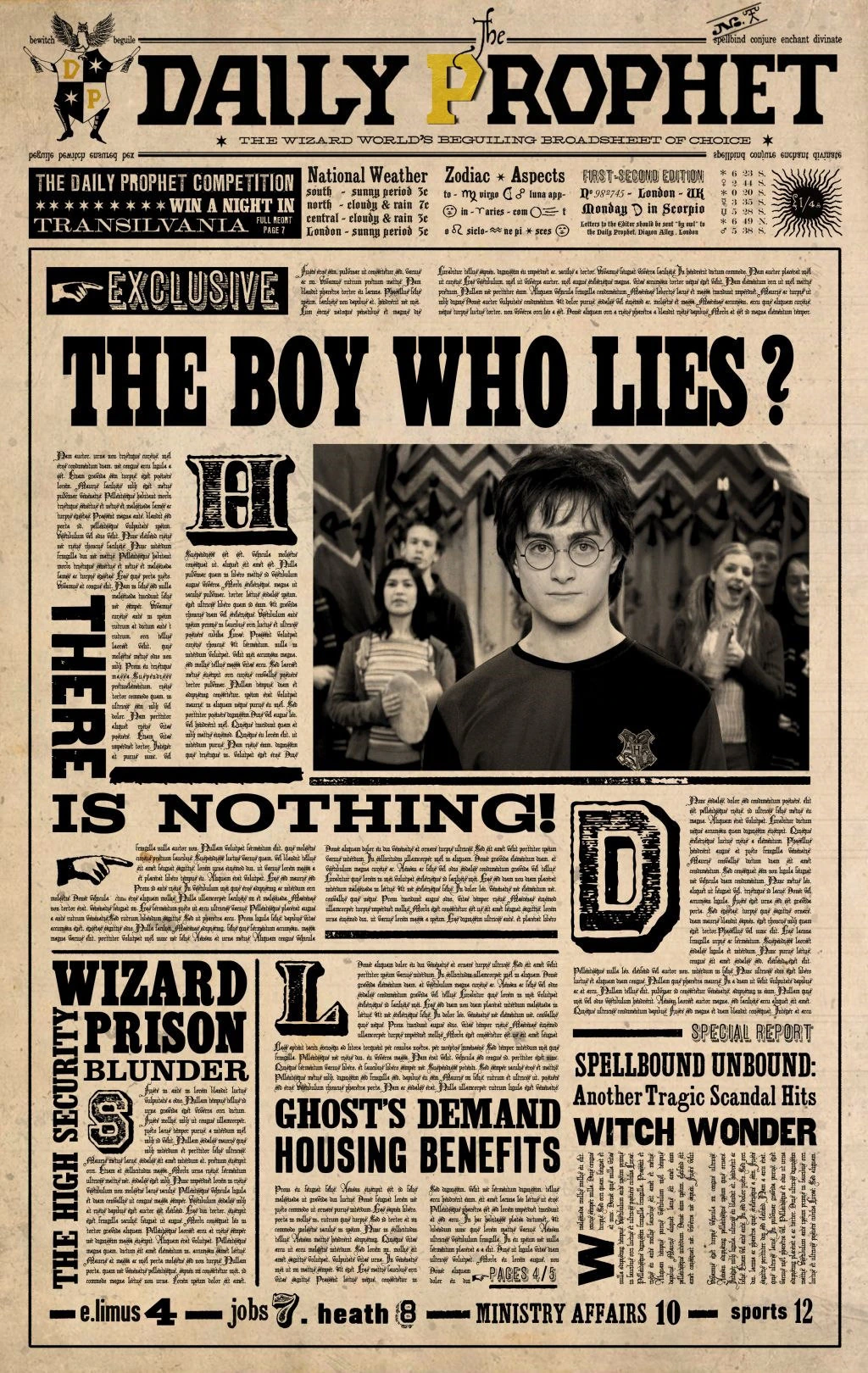Transmedia storytelling “unfolds across multiple platforms, with each creating new text distinctive and valuable contribution to the whole.” Within media convergence culture, transmedia storytelling allows for innovative and collaborative content that brings people together. Multimedia possesses similar qualities but is duplicate content that is distributed or reproduced on different platforms. Through transmedia storytelling, the story on each platforms is individualized for content consumer. Therefore, individuals do not have to know the content across all platforms in transmedia storytelling in order to engage with a story. A transmedia entertainment has become an ideal model for many brands like Harry Potter that have become a global franchise.
Harry Potter, a series of fantasy novels created by J.K. Rowling has expanded into a worldwide franchise because of the successful use of transmedia storytelling. Harry Potter originally a published series, consist of 7 novels and was eventually was produced into movies.This is a conventional path in transmedia storytelling within the entertainment industry as the traditional media like print are produced into movies. However, Harry Potter successful created a synergy “integrating multiple texts to create a narrative so large that it cannot be contained within one medium.”
As Henry Jenkins states, “franchises offers a new level of insight and experience refreshes the franchise and sustains consumer loyalty.” Over the decades, the Harry Potter franchise has unlocked a world of new secrets and mysteries for Potter fans on different platforms. From merchandise like wizardry wands and cloaks to Harry Potter video games, the Harry Potter has taken consumers in various industries and markets. For example, Universal Studios, a major theme park has created The Wizarding World of Harry Potter that has become an extension of the book yet park visitors can still enjoy the attractions without previous knowledge of the series. The theme park incorporates an interactive experience as visitors can purchase a wizard wands that allow visitors to unlock secrets throughout the theme park with the use of the wand.
 |
| Pottermore |
Pottermore is a prime example of transmedia storytelling through interactivity within the Potter franchise. Pottermore is a digital platform and the official website of Harry Potter that was launched in April 2012. This digital platform has “exclusive Potter-related content, including behind-the-scenes information about the books from J.K. Rowling, as well as interactive games that allocate house points and spells to its users.” (Huffington Post, http://huff.to/2g5m9tc ) Pottermore provides Potter fans the ability to immerse themselves in the wizardry world and interact and influence the development of the story. The emphasis on user-generated content within the transmedia culture for Pottermore demonstrates the importance of fan participation. Within a convergent culture, consumers are now using new media technologies to engage with old media content like the Harry Potter books on Pottermore (Jenkins, Convergence Culture, pg.175).
In addition to the Pottermore, the site reaches fans on their social media platforms like their Youtube channel, which provides additional videos from J.K. Rowling and their Twitter page that post the high scores of Pottermore users. As a result, the interactivity on Pottermore and within the entire Harry Potter franchise allows for endless points of entry for potential consumers.
 |
| The Daily Prophet |
Fan participation was an important aspect of The Daily Prophet, as Heather allowed fans to be columnist for the newspaper and create articles and content. As fans would create articles, Heather would serve as an editor and critique the work of writers to help them improve their reading and writing skills. This platform provided kids and young adults a space to explore their imagination through the world of Harry Potter while improving grammar skills. Despite the backlash from conservatives and religious organization on the issue of dark magic in Harry Potter, this site demonstrates how active participation changed the landscape of active participation and transmedia storytelling.
Work Cited
Jenkins, Henry. "Searching for the Origami Unicorn." Convergence Culture: Where Old and New Media Collide. New York: New York UP, 2006. 95-134. Print.
Jenkins, Henry. "Why Heather Can Write." Convergence Culture: Where Old and New Media Collide. New York: New York UP, 2006. 175-216. Print.

No comments:
Post a Comment